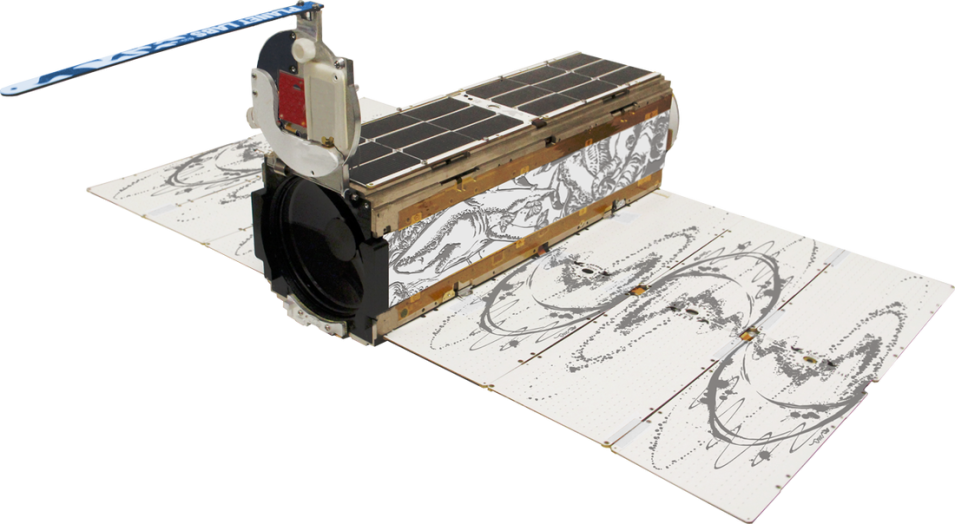Authorized Data Use and Users
NASA-purchased Planet data are available to U.S. Federal civil agencies (including the National Science Foundation) and their contractors, subcontractors, partners.
End User License Agreement
Planet Expanded EULA
Obtaining Data
Requesting PlanetScope and RapidEye data:
- Contact CSDA and provide a name, email address, and other pertinent information (grant number, contract number, etc.) for data access approval
- Search the CSDA Satellite Data Explorer (SDX) (Note: An Earthdata Login is required for access)
- If desired data is not found, utilize the Data Request Form to initiate a request with the CSDA Data Management Team to acquire the data from Planet
- Review discovered data and download direct from the SDX or using the Bulk Download Tool
Each PlanetScope and RapidEye user will be initially allocated a 5 million km2 quota. PlanetScope data will only be available 30 days after acquisition by the satellite constellation. However, exceptions to both conditions can be made based on additional justifications.
Accessing SkySat data:
- Contact CSDA and provide a name, email address, and other pertinent information (grant number, contract number, etc.) for data access approval
- Search the CSDA Satellite Data Explorer (SDX) (Note: An Earthdata Login is required for access)
- Review discovered data and download direct from the SDX or using the Bulk Download Tool
Approved users have access to all CSDA archived PlanetScope and RapidEye data, and a limited set of SkySat data.
Note that Planet basemap products are not available through the CSDA program.
Copyright
Data products and derivatives must contain the following copyright markings (where YYYY is the year of the image acquisition):
- For data products: “© Planet Labs PBC YYYY. All rights reserved.”
- For derivatives: “Includes copyrighted material of Planet Labs PBC. All rights reserved.”
- A joint copyright notice may be used as appropriate
Authorized users should send Planet a courtesy copy of any publications that include Planet data.
CSDA Acknowledgment
To help CSDA identify your publications, we request that you include the following acknowledgment when publishing work created using these data:
"This work utilized data made available through the NASA Commercial Satellite Data Acquisition (CSDA) Program."
Evaluation
In addition to the initial evaluation completed during the CSDA Program's Pilot, a geometric evaluation was done and a report and presentation are available, a radiometric evaluation presentation completed in February 2025 and is available for review.
